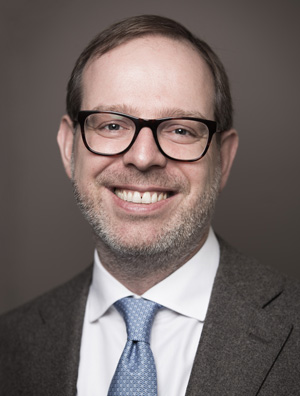Fermat’s Last Theorem
One of my all-time favorite books is Fermat’s Enigma: The Epic Quest to Solve the World’s Greatest Mathematical Problem. In it, particle physicist Simon Singh explains the epic quest to prove that there are no whole-number solutions for the equation, xn + yn = zn, for n greater than 2. After Pierre de Fermat first stated his famous last theorem around 1637, countless mathematicians had unsuccessfully tried to prove it until Andrew Wiles from the University of Cambridge finally succeeded in 1994—358 years later. Wiles built on many mathematical breakthroughs in the twentieth century, and his proof was hailed as a stunning advance. Fermat’s Enigma chronicles key developments over the centuries that laid the foundation for Wiles’ proof in a highly readable and accessible style. It almost reads like a detective story, and I’m pretty sure it inspired many people to at least attempt a career in mathematics or science.
What does this all have to do with the ISMRM? Those of you who have attended our annual meetings know that our Society is the premier place to learn all about new developments in magnetic resonance and how this modality can be used to advance patient care and create better outcomes. In an editorial written in 2000, The New England Journal of Medicine identified cross-sectional imaging as one of the ten most important advances over the past millennium. Since the turn of the century, further stunning advances have been made in terms of how we can probe anatomy, physiology and disease, the level of detail we can resolve, and how fast we can do this. Because you’re reading this blog, you probably know all this. But does the outside world know it too? Does the general public know the unique value of MR? Have you ever tried to explain your research or clinical work to patients or non-experts? Did you succeed? I can tell you from personal experience that I struggled to do this when I first tried. I think that as a community, we need to do an even better job in explaining the value of MR in scientific discovery and modern medicine to the outside world. Our research funding and jobs depend on it, and through the work we do, we can achieve better outcomes for our patients. By better explaining what we do to young people, we can hopefully also inspire future generations to choose a career in our field.
This is where Fermat’s Enigma and ISMRM come together. I am very excited and pleased to announce that Simon Singh has agreed to give this year’s Presidential Lecture. Simon’s experience in explaining complex concepts to non-experts can serve as an example for our community. He will explain to us how he makes difficult topics accessible to a large general audience by taking us on a tour through his books, including Fermat’s Enigma.
His lecture will be broadcasted live on Wednesday, May 19, during this year’s virtual annual meeting. More information about the program can be found here. I hope our community can find inspiration in Simon’s lecture to further improve our communication with the outside world.
Tim Leiner, M.D., Ph.D.
2020-2021 ISMRM President






A wonderful initiative, Tim. Thanks so much and am looking forward to that talk in particular.
Comments are closed.